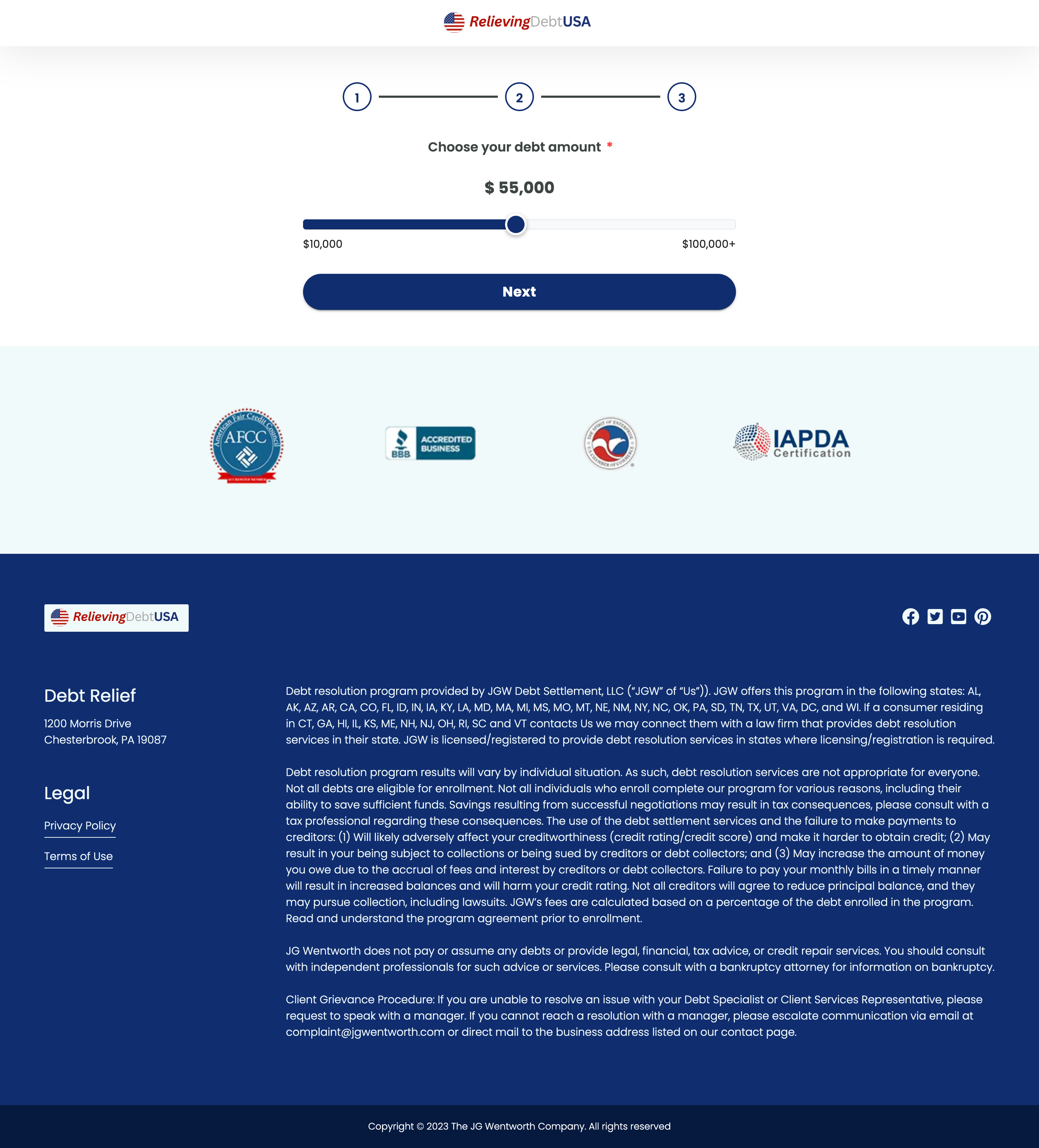How to Analyze Competitor Google Ads Landing Pages
Analyzing your competitor’s Google Ads landing pages can offer valuable insights into how they are driving traffic and conversions. By systematically examining their strategies, you can improve your own PPC campaigns and capture greater market share. This guide will walk you through the steps of analyzing competitor landing pages effectively.
Table of Contents
- Understanding the Importance of Landing Page Analysis
- Identifying Your Competitors
- Accessing Competitor Landing Pages
- Criteria for Analyzing Landing Pages
- Tools to Aid in Landing Page Analysis
- Using Insights to Improve Your Landing Pages
- Conclusion
Understanding the Importance of Landing Page Analysis
Landing pages play a critical role in converting visitors into customers. By analyzing your competitor’s landing pages, you can uncover their optimization strategies, messaging tactics, and conversion triggers. This analysis helps identify gaps in your own strategies and provides opportunities for improvement.
Identifying Your Competitors
Before you can analyze competitor landing pages, you need to know who your competitors are. This involves conducting keyword research to identify businesses that are targeting the same keywords as you. Tools like SEMrush or Ahrefs can help you find these competitors quickly.
Accessing Competitor Landing Pages
To analyze competitor landing pages, you first need access to them. You can do this by performing Google searches using relevant keywords and clicking on the ads to view the landing pages. It’s important to take note of the URL structures and any unique identifiers in order to keep track of different tests or campaigns your competitors might be running.
Criteria for Analyzing Landing Pages
When examining competitor landing pages, several key criteria should be considered:
- Design and Layout: Note the aesthetic design, layout, and structure of the landing page. Are they using standard or innovative layouts? Is the design visually appealing?
- Messaging: Look at the headlines, subheadlines, and body content. How are they communicating their value proposition? Is the content clear and concise?
- Call-to-Action (CTA): Assess the placement, messaging, and design of CTAs. Are they compelling and noticeable?
- User Experience (UX): Consider the loading speed, ease of navigation, and overall user-friendliness. Are there any obstacles to conversion?
- SEO Elements: Analyze SEO elements like meta descriptions, alt tags, and header tags. Are they optimized for relevant keywords?
- Trust Signals: Identify if there are trust signals such as testimonials, reviews, or certifications that may influence visitor trust and conversion.
Tools to Aid in Landing Page Analysis
There are several tools available that can help facilitate landing page analysis:
- Google Analytics: If you have access, compare analytics data to identify successful competitor strategies.
- Heatmaps: Tools like Hotjar or Crazy Egg can reveal how users interact with landing pages, highlighting effective areas of engagement.
- A/B Testing Software: Understanding the variants competitors might be testing can offer insights into their optimization process.
- Landing page ripper tool: To easily download and save complete landing page designs including HTML, CSS, and images for deeper inspection, use a Chrome extension that allows these capabilities for offline analysis.
Using Insights to Improve Your Landing Pages
Once you have gathered information on competitor landing pages, it’s essential to apply these insights to your own strategies. Use the data to:
- Refine your messaging to better match customer needs and expectations.
- Optimize your page layout for better user experience and engagement.
- Enhance your CTAs by making them more action-oriented and visible.
- Increase page load speeds and improve mobile responsiveness.
- Incorporate trust signals to build credibility and reduce visitor hesitancy.
By continuously monitoring your competitors and iteratively applying these insights, you can keep your landing pages fresh and effective, ensuring they convert as efficiently as possible.
Conclusion
Competitor landing page analysis is a crucial component of a competitive PPC strategy. By understanding what works for others in your industry, you can enhance your own landing pages to outperform them. Regularly revisit competitor strategies and adapt, ensuring your campaigns stay current in an ever-evolving digital landscape. Don’t forget to take advantage of tools like a landing page downloader to efficiently capture and analyze competitor content.









